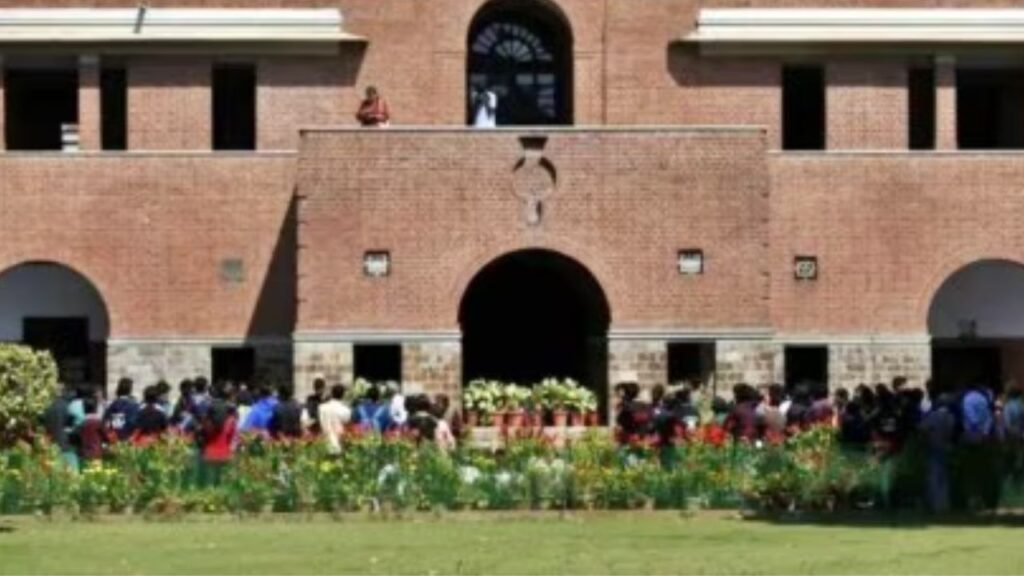Some of the elected AC members strongly opposed the strategic plan and IDP, and a dissent letter was filed.
According to the Institutional Development Plan (IDP), some of Delhi University’s (DU) future aims include launching a satellite, focusing on multidisciplinary research, and implementing cost-effective sustainability initiatives like the green campus project. The document was presented at the DU academic council meeting on Thursday together with the strategic plan 2047. The conference resulted in the approval of the vision paper, and the vice chancellor (VC) was given the authority to make additional decisions regarding the direction of the IDP, which addresses the implementation of the vision.
A dissent note was presented separately for the strategic plan and IDP, as both faced strong resistance from elected AC members. In relation to the IDP, the VC has appointed a committee to examine the draft while taking the AC members’ recommendations into account.
At the December 6, 2023, AC meeting, the strategy plan 2024–2047 was discussed; however, it was later withdrew when multiple plagiarism claims were made public. According to a university representative, the Research Council edited the document and eliminated any elements that were deemed inadequate.
The updated version, a 22-page paper, discusses enhancing the caliber of research, fostering an inclusive atmosphere, and the “Rashtra Pratham” concept. At the meeting on Thursday, the updated strategic plan was adopted.
The university’s IDP paper discusses a number of immediate and long-term action plans to lessen reliance on government funding. The statement reads, “Even though the University of Delhi receives public funding, its long-term financial planning goal should be to gradually achieve financial stability and reduce its dependency on government grants.”
Regarding the steps mentioned to achieve this, the dissent note as submitted by AC members mentions, as seen by HT, “…the long-term goals as set out by the IDP is to make Delhi University “independent” of public funding which is a euphemism for commercialisation and de facto privatisation. This process is sought to be furthered by increasing student fees, Corporate Social Responsibility (CSR), literary festivals, concerts, art fairs, industry partnerships…..”
Several AC members went on to say that students from underprivileged socioeconomic backgrounds and members of marginalized communities will be impacted by the “internal resource generation” or fee increases. Other highlights that have become points of contention are the proposal from IDP to expand digital and hybrid learning, which members believe will negatively impact education in the classroom; the suggestion to include outsiders in important statutory bodies, which could have an impact on the university’s autonomy; and the recommendation to prioritize interdisciplinary courses over honors courses, which have long served as DU’s cornerstone.
“The Institutional Development Plan placed in the AC meeting was completely anti-teacher, anti-student, and anti-education,” stated elected AC member Mithuraaj Dhusiya. It promoted, among other things, switching to a self-financing model for the University and a departure from government funding. It promoted entering administration from the outside, circumventing all UGC recruitment guidelines. It discusses putting university employees and students under drone surveillance.
The VC has formed a committee to examine the IDP draft in accordance with the recommendations made by the AC members during the meeting; the document will then be brought before the VC for discussion.
The committee also accepted the approval of East Asian language courses offered by the Department of East Asian Studies at Ramjas College, Hansraj College, and Ram Lal Anand College. As part of this, Ramjas College will also begin offering advanced diploma courses in Korean language. The creation of a committee made up of AC members to establish contact with the St. Stephen’s principal in light of the current issues between the college and the university was another significant development.
